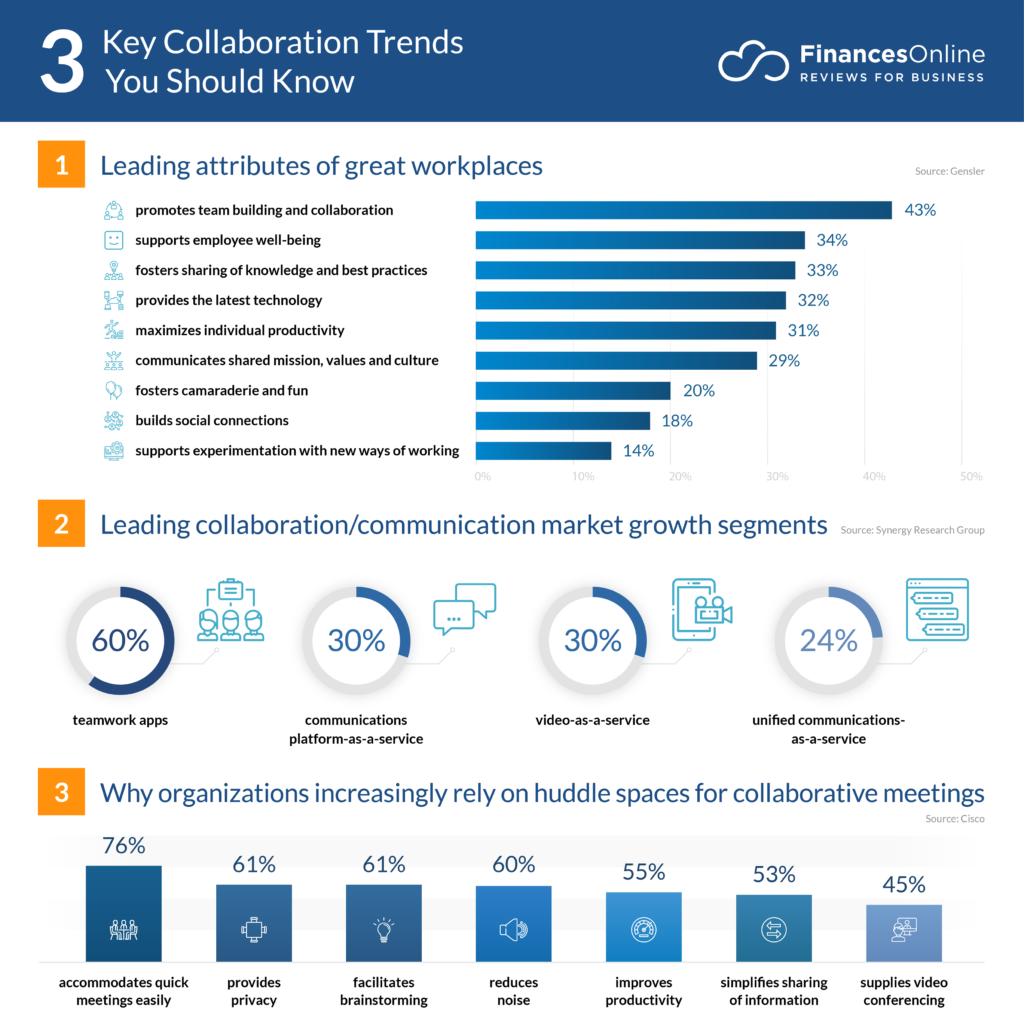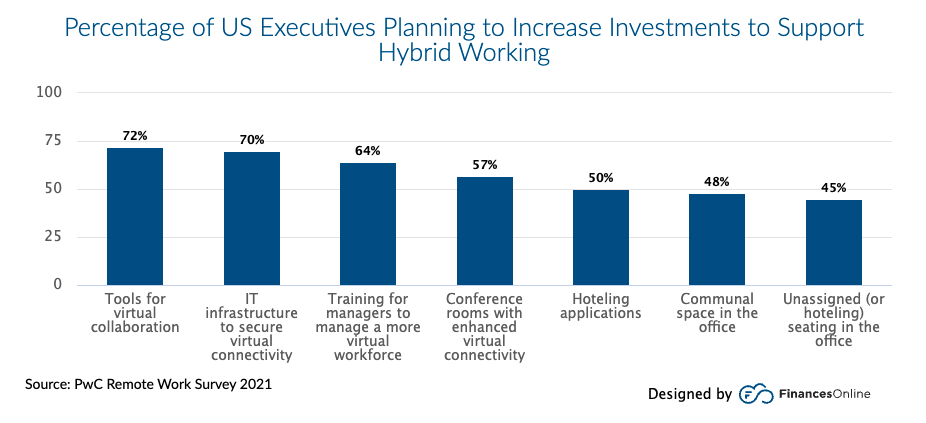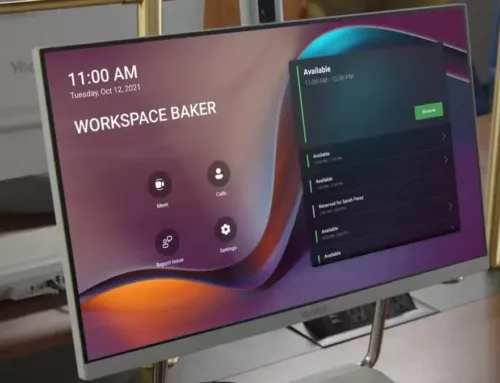Collaboration software was the only software segment that posted a positive 6% growth during the onset of COVID-19 (BusinessWire, 2021). As organizations further embrace hybrid work, collaboration software trends continue to signal that growth is unstoppable as it is redefined the future of work teams.
This is especially because only 29% of executives think that employees need to be in the office at least three days per week to keep a strong organizational culture, the rest plan to keep hybrid workplaces (NTT, 2021). If we are to examine the current proliferation of collaboration software, we can easily see that the future of work involves a mix of on-site and remote collaborations.

The impact of the pandemic has been transformational across all markets and industries. Results from the NTT Global Benchmarking 2021 show that 66.1% of executives agree that the pandemic has highlighted the fact that technological progress will be instrumental to future success.
As remote work became the norm, 59.7% of organizations worldwide have grown more reliant on technology (NTT, 2021). Digital transformation was pushed at the forefront to improve agility in the midst of the crisis. Meanwhile, enabling employees to become productive through collaboration tools was on top of the agenda.
As the pandemic raged, organizations adopted collaboration tools to sustain creativity and innovation. The objective is not only business continuity, but to keep employees engaged. However, while 83% of employers consider remote work as successful, a lot of things still need to be addressed aside from Zoom meeting overload (PwC, 2021).
From being digitally-abled to becoming platforms infused with AI and automation, collaboration tools have come a long way and will continue to enhance the way organizations work together. These eight trends provide a clear picture of the future of workplace collaboration.
Top Collaboration Trends of 2022:
1. Hybrid Workplaces
2. Immersive Technology for Collaboration
3. External Collaboration Will Grow
4. Asynchronous Collaborative Environments
5. The Rise of Collaborative Flexibility
6. Workstream Collaboration Platforms
7. AI Integration with Collaboration Tools
8. Features Will Focus on Enhanced Virtual Experience

Collaboration market trends show a very promising future for hybrid work. As rich as the dynamics of human interaction, collaboration market players are poised to explore the nuances of communication to deliver enhanced experiences.
In the collaboration software trends for 2022 that we’ve listed, we can also see that the industry is veering towards consolidation. This means that the top collaboration tools will continue to grow, but growth will be largely dependent on features that will significantly differentiate services.
While a lot of challenges need to be addressed, the collaboration software segment will continue to expand and conquer new markets, along with the proliferation of hybrid work teams.
About the Author:
Ultimate Technologies Group is the global expert in virtual communication and collaboration technology. When it comes to high-end Audio Visual technology solutions, we are trusted by some of the most respected brands:
Commercial AV News & Thought Leadership:

2022 RedDot Winner – Yealink’s MeetingBoard 65

Sound Masking vs. Sound Absorption: Improving Conference Room Acoustics

The Current State of Hybrid Work May 2022




